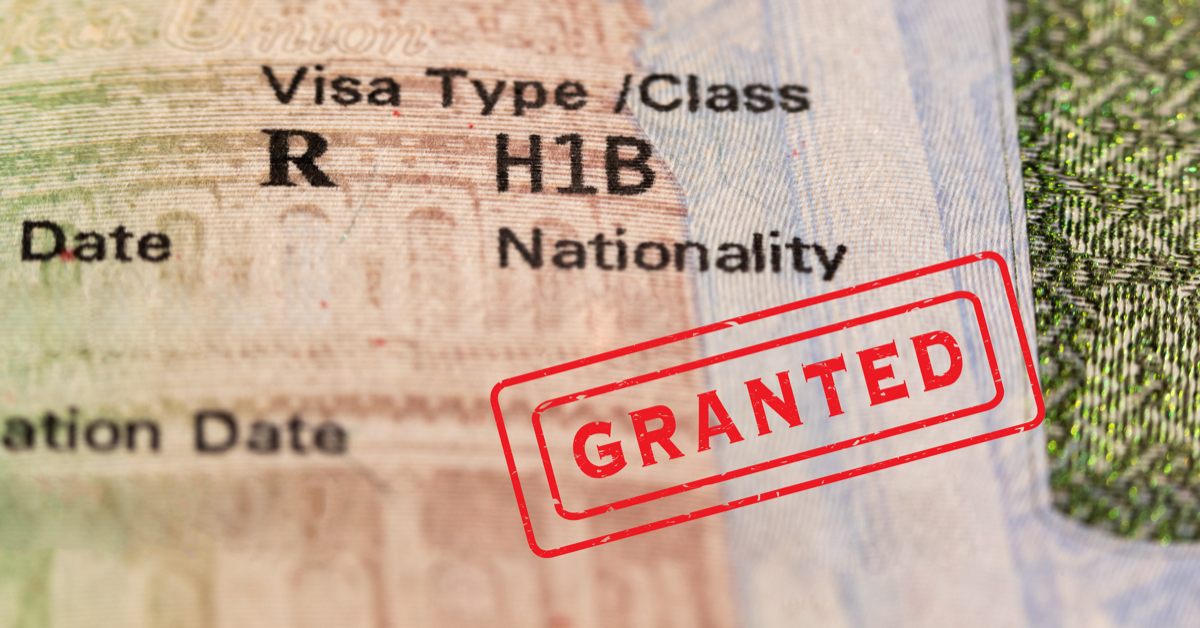The H-1B visa program, crucial for employers seeking to hire foreign talent in specialty occupations, has long been criticized for its inefficiencies and susceptibility to manipulation. With the U.S. Citizenship and Immigration Services (USCIS) receiving over three-quarters of a million registrations for a mere 85,000 available visas in the last cycle, the need for reform was undeniable. In response, USCIS has introduced a significant overhaul for the Fiscal Year 2025 registration process, aiming to create a fairer, more equitable system.
Dubbed the “Beneficiary-Centric” approach, this new system marks a departure from the previous employer-led registration model. Under the new rules, H-1B visa registrations will be selected based on unique beneficiaries, rather than employer submissions. This shift is designed to level the playing field by ensuring that each candidate is entered into the lottery once, regardless of the number of registrations filed on their behalf. This change not only reduces the potential for fraud and abuse but also increases the odds of selection for genuinely qualified candidates.
For prospective H-1B workers, this is unequivocally good news. The new system allows individuals with multiple job offers to have an equal chance at selection, thereby enhancing their negotiating power with potential employers. This could lead to better employment terms, including higher salaries and more comprehensive benefits.
However, the reception among employers is mixed. While the Beneficiary-Centric system offers an equal opportunity for all employers to sponsor foreign talent, it also introduces uncertainty. Employers now face the possibility of investing in candidates who may ultimately choose to work with another sponsor. Despite these concerns, the new system could lead to a less chaotic registration process and a higher chance of securing a visa for prospective employees.
The USCIS has also increased its authority to deny or revoke petitions with false information, emphasizing the need for accuracy and integrity in the registration process. Additionally, the final rule addresses the scenario of multiple petition approvals for a single beneficiary, confirming that each approved petition operates independently, providing flexibility for both employers and employees.
In conclusion, the Beneficiary-Centric H-1B registration process represents a significant shift towards a more fair and efficient system. While it introduces new dynamics for employers, it is a step in the right direction in addressing the program’s long-standing issues. As the H-1B visa program continues to evolve, it remains a vital tool for businesses to access the global talent pool, essential for sustaining economic growth and innovation.
